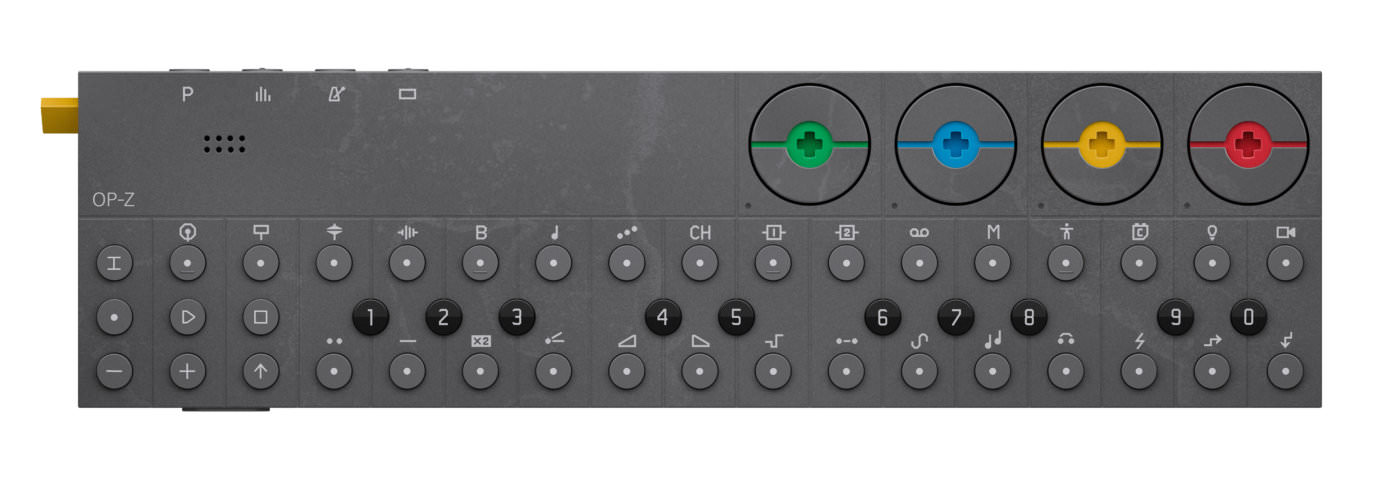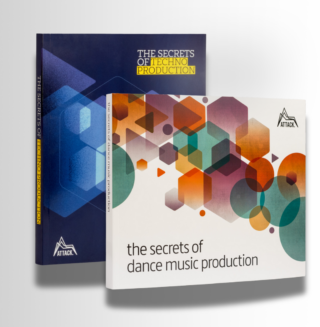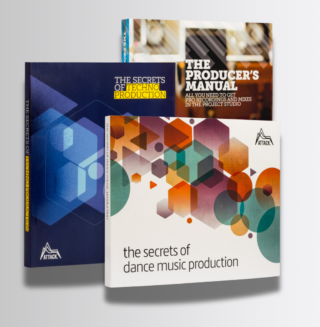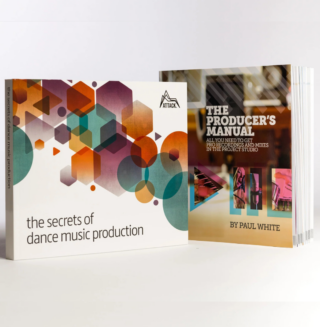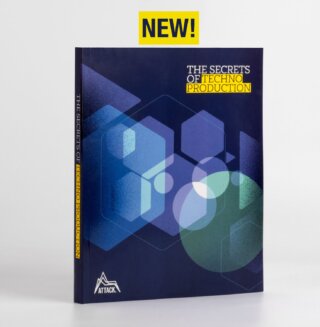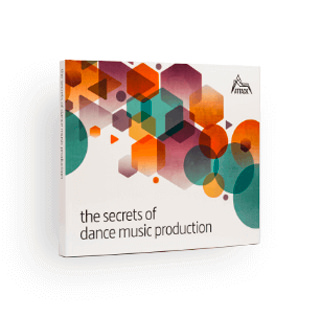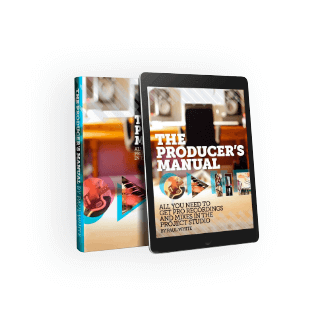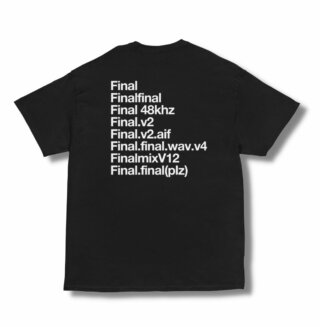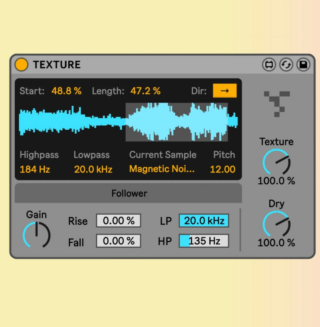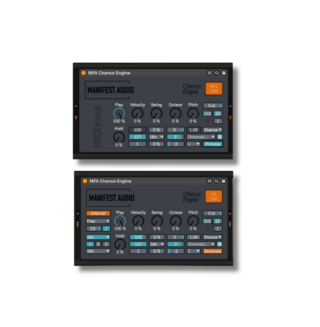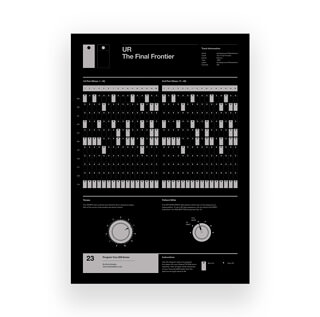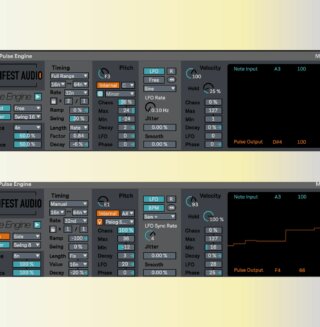We take a better look at Teenage Engineering’s OP-Z, a screenless groovebox that bucks trends and opens up all sorts of creative possibilities.
Just over a year ago, Swedish electronic instrument makers Teenage Engineering unveiled the prototype OP-Z multimedia synthesizer and sequencer. Less than half the size of its predecessor, the OP-1, it attracted equal amounts of curiosity and confusion. People wondered if the tiny form factor and lack of screen would inhibit the music-making process.
Now, a month after it’s release, it seems Teenage Engineering’s gamble paid off. At $600, it’s not cheap. And despite the small package, the OP-Z sounds massive. As it turns out, it’s a joy to make music with nothing but LED lights as your guide, although an iPhone app provides a visual editing interface (more on that below).
LED Light-Based Programming
As a mobile groovebox, the OP-Z is perhaps unparalleled. This music-making power just shouldn’t be possible in such a lightweight, portable package. Instead of the OP-1’s cheeky animated visuals, the OP-Z’s LED lights clue users into the instrument, parameter, or other feature they are currently using.
To a generation weaned on DAWs and screen-based electronic music gear, or matrix touchpads, the OP-Z’s workflow might seem inefficient. But, after watching a few online tutorials, perusing the quickstart guide, and playing around for awhile, the OP-Z reveals itself as highly intuitive. The screenless interface harkens back to the early days of synthesizers and drum machines. There is a certain joy in trusting one’s ears more than one’s eyes. But no synthesizer or drum machine from the 1970s and 1980s was ever this flexible and dynamic.
Creating Sounds
The OP-Z offers a variety of synthesis, sequencing, sampling, and effects capabilities, and its performance mode is particularly inspiring. It is an ideal tool for the electronic musician, or someone looking to create dynamic pop and hip-hop. And it will prove to be useful for both studio and live musicians. An analogue machine it is not, but the OP-Z doesn’t pretend to be. Its module feature will, in the future, open up additional sound-making capabilities.
The OP-Z comes with eight synthesis engines and one sample-based engine for the synth group, and sample packs for the drum group. Each of the synth group’s tracks—bass, lead,
In the control track section (the eight buttons following the drum and synth groups), users can manipulate sequences and sounds. Two effects buses—fx1 and fx2—allow users to add delay, reverb, bitcrush, and distortion. The downside is you can’t stack the effects inside the fx1 and fx2 buses. The LFO section gives users tremolo, vibrato, and other modulation effects, while the tape track—which constantly records to a buffer—makes tape tricks and beat repeat effects possible. Other features include punch-in effects (similar to performance mode), which allow users to add on the fly effects like pitch-shifting, ducking; master track, through which users can add effects like chorus and transpose tracks to create interesting sonic juxtapositions.
Describing each of these sounds is beyond the scope of this discussion. It’s best to familiarize oneself with the sounds and sequencing, then start experimenting. This, more than any instruction, will ease you into the OP-Z’s sound design workflow.
In the future, more synthesis and sampling options will be made available through the OP-Z’s modules section. Think of the OP-Z as a synthesizer and sequencer that will evolve instead of remaining static.
Sequencing the OP-Z
Like Elektron’s Digitakt, OP-Z sequencing is a breeze. A pattern features 16 tracks (again, the first eight are the synth and drum group), each equipped with an individual 16-step sequencer. But, these sequencers aren’t limited to 16 steps, or one bar of music.
If users want a seven-step sequence, this can done by editing the step count. If the step count is 16, for instance, the track’s sequencer can be slowed down up to nine times, making it nine times longer than the default sequence. This gives each individual sequencer potentially 144 steps, allowing for longer, more complex musical passages. The only catch is that this must be done in live recording mode, not in step sequence mode.
There is a certain joy in trusting one’s ears more than one’s eyes.
The OP-Z’s sequencing power doesn’t end there. Each step consists of 24 ticks that give a trigger (a note) micro-timing, and each step can contain up to 4 triggers, with each trigger having its own micro-timing. The OP-Z also features 14 step components, which alter the behaviour of the sequencer when reaching each step. They can be applied to any of an instrument’s steps, adding elements like randomness or filter sweeps. Using these components, a pattern can become almost endless.
When users start pattern chaining, they can approach Aphex Twin-level of sequencing complexity. This type of variability creates lots of potential for songwriting and live performance.
Loading Samples and Backing Up Content
The OP-Z accepts samples in the OP-1’s .aif sample format, but it can’t record them. The machine is tightly integrated with the OP-1, allowing OP-1 owners to easily export samples onto the OP-Z. Users can design percussion packs using the OP-1 drum utility, and also download other sample packs from the web or their computer onto their OP-Z.
To load samples, the OP-Z must be in content mode, home of the “samplepacks” folder. Users can drag and drop samples into 10 folders, one for each slot in the OP-Z’s eight instrument tracks. After restarting and updating, the new samples will be on the device, automatically mapped to instrument/track and slot.
The OP-Z can store a total of 32 MB of sample data. Be prepared to move samples and song files onto a computer to load fresh samples. As with sample loading, file exporting is done in content mode.
Creating Dynamic Visuals
Teenage Engineering programmed OP-Z with three types of visual creation tools. The first, Photomatic, allows players to use their iOS device to capture photos and then animate and filter them. Unlike its inspiration, the Game Boy Camera, the Photomatic’s imaging is hi-res, allowing users to sequence and edit images for quick music videos.
The OP-Z can also control and sequence light rigs through the DMX protocol. This could be massive light rig setups or more modest lights for house parties. Amongst other things, users can sync lights to a song’s beat and trigger different lighting configurations as a song plays.
The OP-Z is also integrated with Unity, a game engine that is increasingly being used by artists and filmmakers for 3D visuals. This instrument will allow users to sequence and control 3D visuals in real-time on any screen.
Is it right for you?
Those who would dismiss the OP-Z because of its small size and lack of screen will miss out on a powerful multimedia synthesizer. Its sonic depth and portability alone make it a desirable piece of kit. The visual instruments just sweeten the deal.
The lack of Android compatibility for screen editing is a legitimate gripe. Perhaps this will come in future firmware updates. Desktop or laptop control would also be cool, but one thing at a time.
Despite these drawbacks, the OP-Z is proving to be one of the most unique and inspiring musical devices on the market. There just aren’t a lot of battery-powered, portable grooveboxes, apart from the much larger Akai MPC Live. With the OP-Z, players can create music wherever, making tunes that aren’t mere sketches, but fully fleshed out tracks.
Teenage Engineering OP-Z, £529, https://www.teenageengineering.com
Follow Attack Magazine
Attack Store
